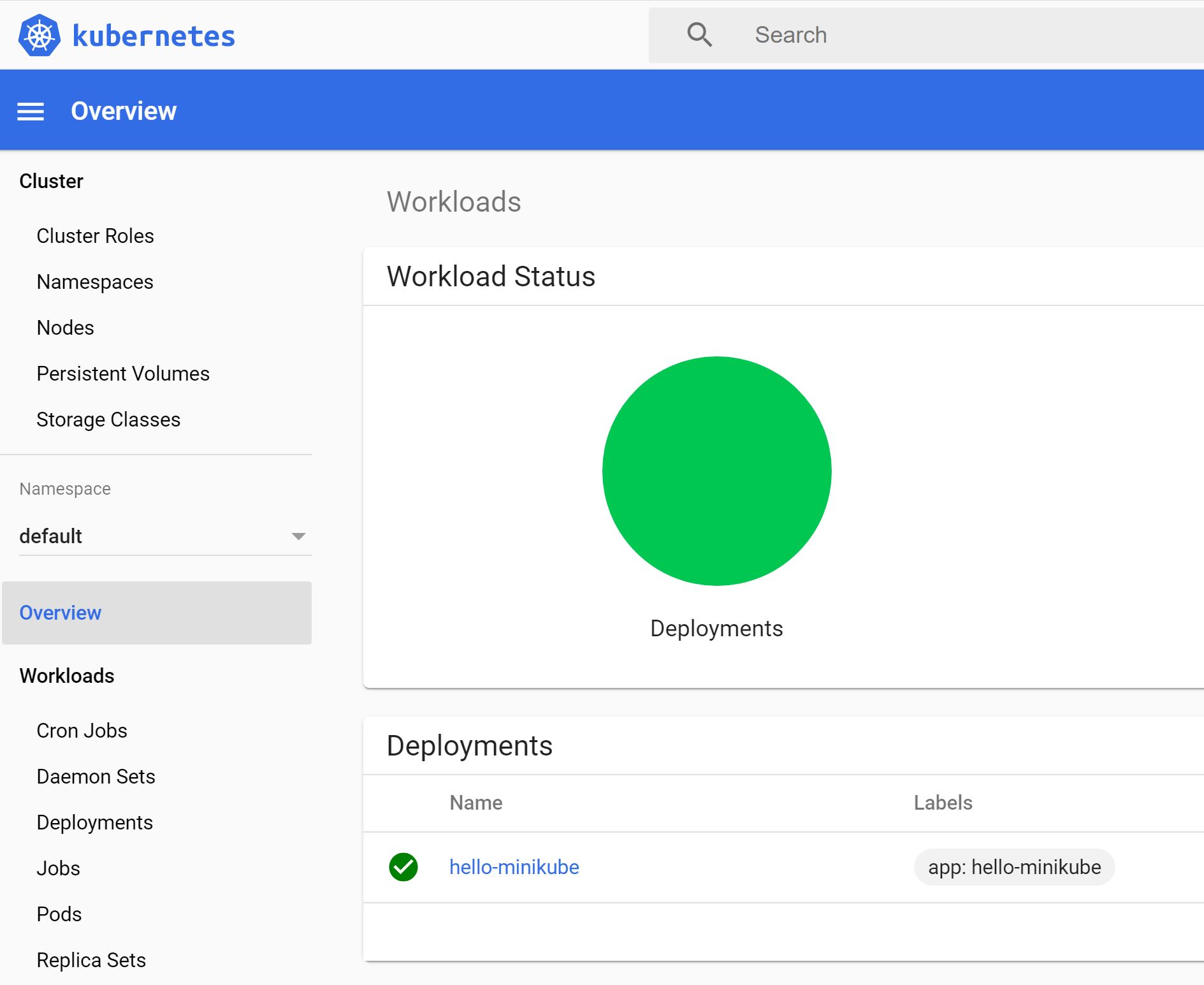First steps in K8S land
Like all new things in life you just have to start somewhere. So what I did when I started with kubernetes is the following. I googled a bit for things I knew and liked “vagrant+kubernetes+ubuntu+github” found a repo I liked and cloned it and gave it a spin-up.
git clone https://[email protected]/exxsyseng/k8s_ubuntu.git
cd k8s_ubuntu
vagrant up
And you know what before I knew it (actualy took still quite a few minutes) I had a whole cluster up and running:
vagrant ssh kmaster
vagrant@kmaster:~$ kubectl get all --all-namespaces
NAMESPACE NAME READY STATUS RESTARTS AGE
kube-system pod/calico-kube-controllers-6b9d4c8765-sptkm 1/1 Running 0 12m
kube-system pod/calico-node-g7tpb 1/1 Running 0 8m5s
kube-system pod/calico-node-gw48l 1/1 Running 0 12m
kube-system pod/calico-node-j7cr6 1/1 Running 0 3m44s
kube-system pod/coredns-6955765f44-ld2j4 1/1 Running 0 12m
kube-system pod/coredns-6955765f44-wgc5d 1/1 Running 0 12m
kube-system pod/etcd-kmaster 1/1 Running 0 12m
kube-system pod/kube-apiserver-kmaster 1/1 Running 0 12m
kube-system pod/kube-controller-manager-kmaster 1/1 Running 0 12m
kube-system pod/kube-proxy-k4jc5 1/1 Running 0 12m
kube-system pod/kube-proxy-mfcpk 1/1 Running 0 8m5s
kube-system pod/kube-proxy-xmqxm 1/1 Running 0 3m44s
kube-system pod/kube-scheduler-kmaster 1/1 Running 0 12m
NAMESPACE NAME TYPE CLUSTER-IP EXTERNAL-IP PORT(S) AGE
default service/kubernetes ClusterIP 10.96.0.1 <none> 443/TCP 12m
kube-system service/kube-dns ClusterIP 10.96.0.10 <none> 53/UDP,53/TCP,9153/TCP 12m
NAMESPACE NAME DESIRED CURRENT READY UP-TO-DATE AVAILABLE NODE SELECTOR AGE
kube-system daemonset.apps/calico-node 3 3 3 3 3 beta.kubernetes.io/os=linux 12m
kube-system daemonset.apps/kube-proxy 3 3 3 3 3 beta.kubernetes.io/os=linux 12m
NAMESPACE NAME READY UP-TO-DATE AVAILABLE AGE
kube-system deployment.apps/calico-kube-controllers 1/1 1 1 12m
kube-system deployment.apps/coredns 2/2 2 2 12m
NAMESPACE NAME DESIRED CURRENT READY AGE
kube-system replicaset.apps/calico-kube-controllers-6b9d4c8765 1 1 1 12m
kube-system replicaset.apps/coredns-6955765f44 2 2 2 12m
Pretty awsome but of course I had no clue what I just had turned on or what it was doing ;-) So back into the kiddie pool and start learning to swim before I could start scuba diving.
Install a minikube
Install minikube I did this the following way on my windows system:
# Set your PowerShell execution policy
Set-ExecutionPolicy -ExecutionPolicy RemoteSigned -Force
# Install Chocolatey
iwr https://chocolatey.org/install.ps1 -UseBasicParsing | iex
# install minikube
choco install minikube
Install virtualbox form here
minikube start
Starting local Kubernetes cluster...
Running pre-create checks...
Creating machine...
Starting local Kubernetes cluster..
Run a first server called echoserver:
PS>kubectl create deployment hello-minikube --image=k8s.gcr.io/echoserver:1.10
deployment.apps/hello-minikube created
PS>kubectl expose deployment hello-minikube --type=NodePort --port=8080
service/hello-minikube exposed
PS>kubectl get pod
NAME READY STATUS RESTARTS AGE
hello-minikube-797f975945-s5mmb 1/1 Running 0 102s
Find out how to reach the webserver you created:
PS>minikube service hello-minikube --url
http://192.168.99.100:31380
A verrry usefull command minikube dashboard

